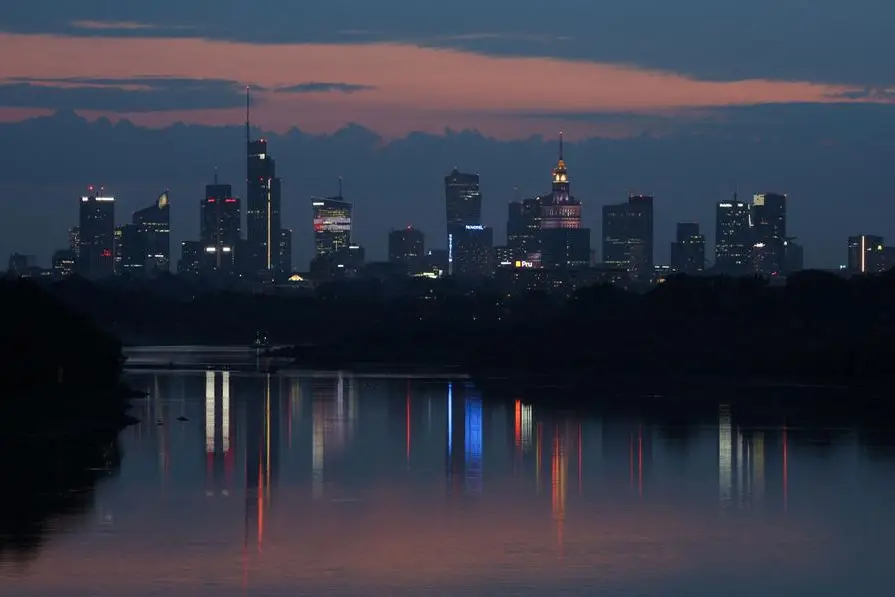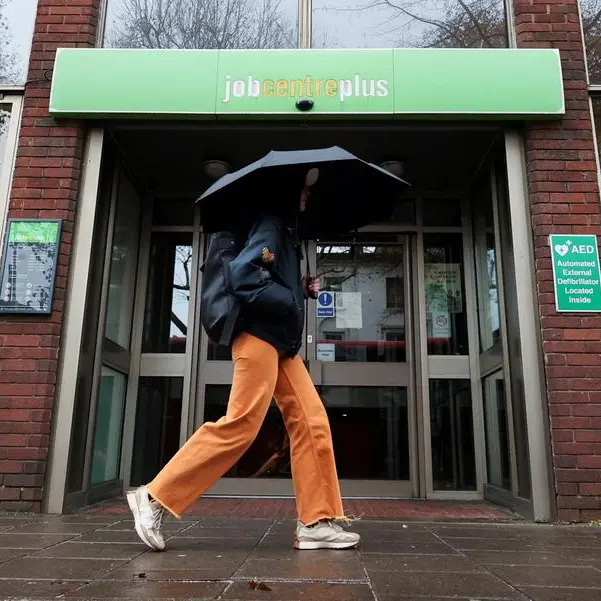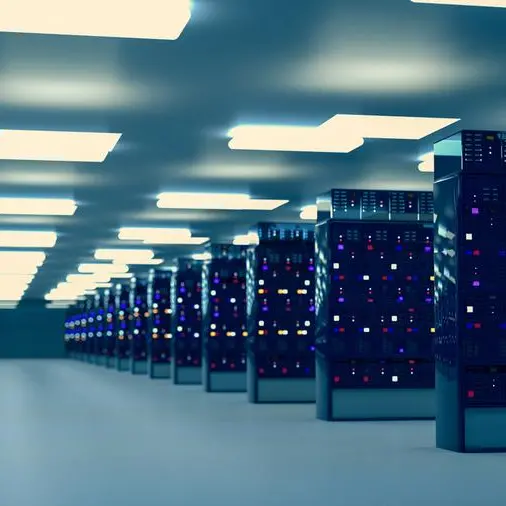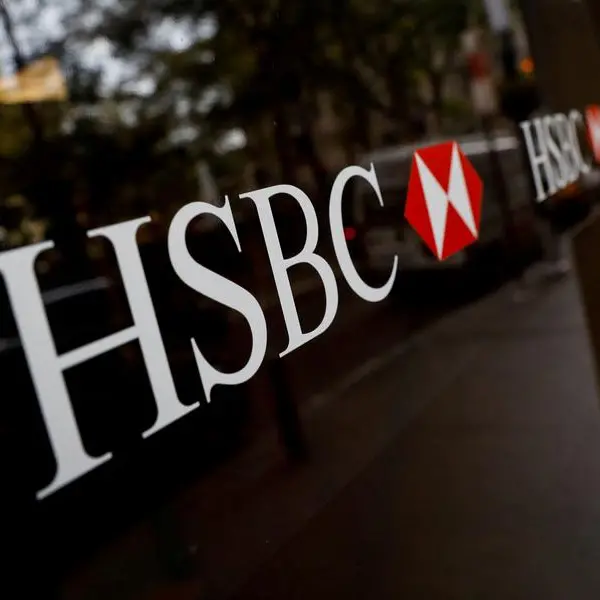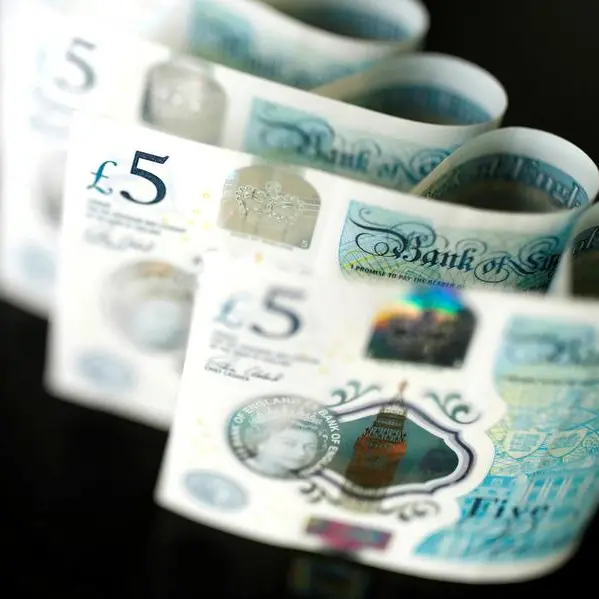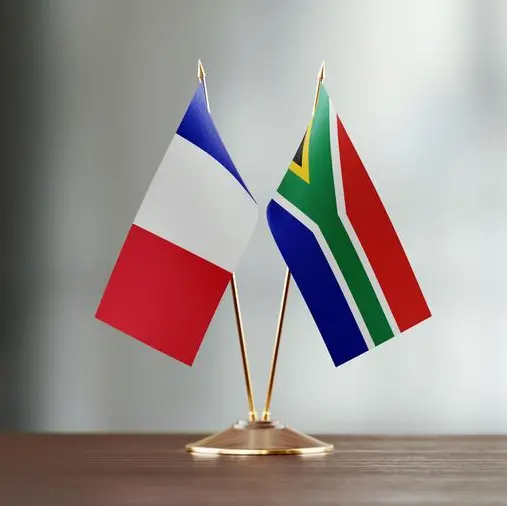PHOTO
Skyline of skyscrapers reflected in Vistula river is seen after sunset in Warsaw, Poland August 22, 2022. REUTERS/Kacper Pempel
Polish industrial output softened in December and retail sales hardly grew, adding to signs that central Europe's biggest economy slowed sharply in late 2022, and to expectations of an extended pause in interest rate hikes despite high inflation.
The region's economies are facing recession risks as price growth over the past year hits consumers and puts pressures on firms through lower demand and higher costs.
Inflation remaining in double-digits, but its rate-setters have for now chosen to pause sharp rate-hiking cycles launched in 2021, fearful of depressing GDP further.
In Poland, industrial output sank over 6% in December from November, with growth slowing to 1.0% year-on-year, below forecasts of 1.4%. As recently as August, yearly growth was in double digits.
Separate data showed retail sales at constant prices nearly flat, at a 0.2% year-on-year rise. Like for industrial output, that was the slowest annual growth rate in 2022.
Poland's central bank has kept its key interest rate stable at 6.75% for four months running, and Bank Pocztowy's chief economist Monika Kurtek said Monday's data would probably reinforce that "wait-and-see" stance.
"December data very clearly indicate a slowdown in all areas of the economy at the end of last year, and we will see a continuation of this in the first months of this year," she said.
Evidence of stubbornly high price pressures came in other data showing that Polish producer prices rose an above-forecast 20.4% year-on-year.
Data last week meanwhile showed corporate wages rising less than expected and not keeping up with inflation.
"We think that Poland's economy is likely to have done little more than stagnate in Q4 as a whole," said Liam Peach, senior emerging markets economist at Capital Economics. (Reporting by Jason Hovet in Prague; editing by John Stonestreet)
